
Modelo 2.0 B2B to B2C Transformation
2023-2024
Product Manager
Modelo is a 3D model viewing software that allows users to easily view their 3D models of any different formats online and share with other people without the need for bulky software like Revit.
Problem Space
While we achieved significant growth after the Modelo 2.0 relaunch phase, reaching approximately1500 active users per week, we encountered a persistent challenge with low user retention rates (between 3-7%). A key factor contributing to this low retention rate was identified as the product's origin as a B2B offering. A B2B offering with a Product Led Growth Strategy simply did not make sense. Not only was our product too complicated for simple consumers, it was also slightly above a normal price point a consumer would be willing to pay.
Objective
With that problem in mind, we decided to lead a product transformation – transforming our product from a B2B to a B2C model.
The transformation can be broken down into three parts:
Improved Workspace Experience

Enhanced New User Onboarding

Pricing and Revenue Model Revisions
Improved Workspace User Interface
Design Process
Enterprise clients previously received training and guidance on navigating and utilizing specific features within Modelo. However, user feedback highlighted difficulties in navigation and understanding the product, leading to frustration and abandonment.
It was crucial to address these usability issues, as continued growth without doing so would result in significant user churn. This resulted in a focus in transforming and improving the workspace user interface.
Before
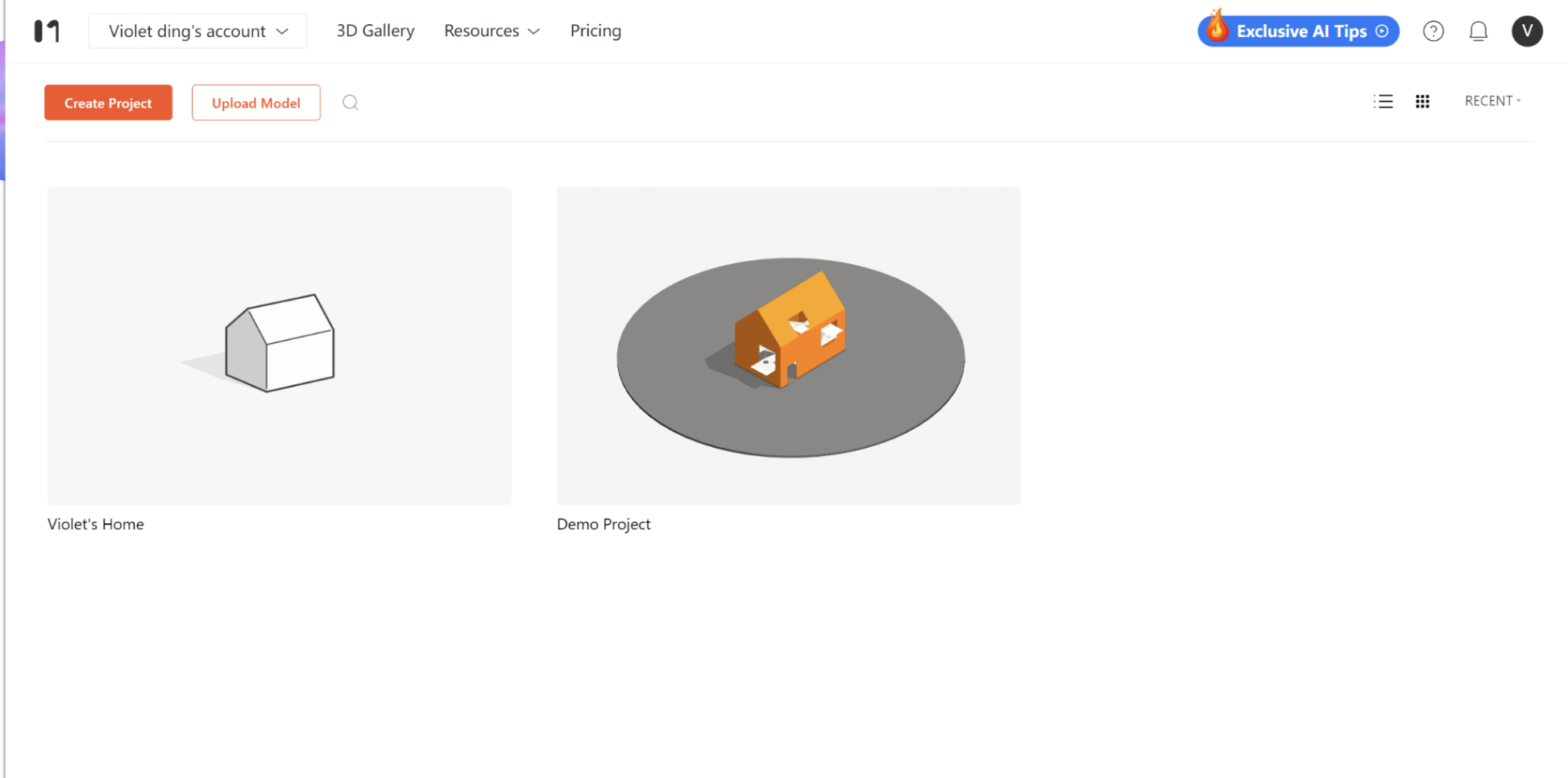
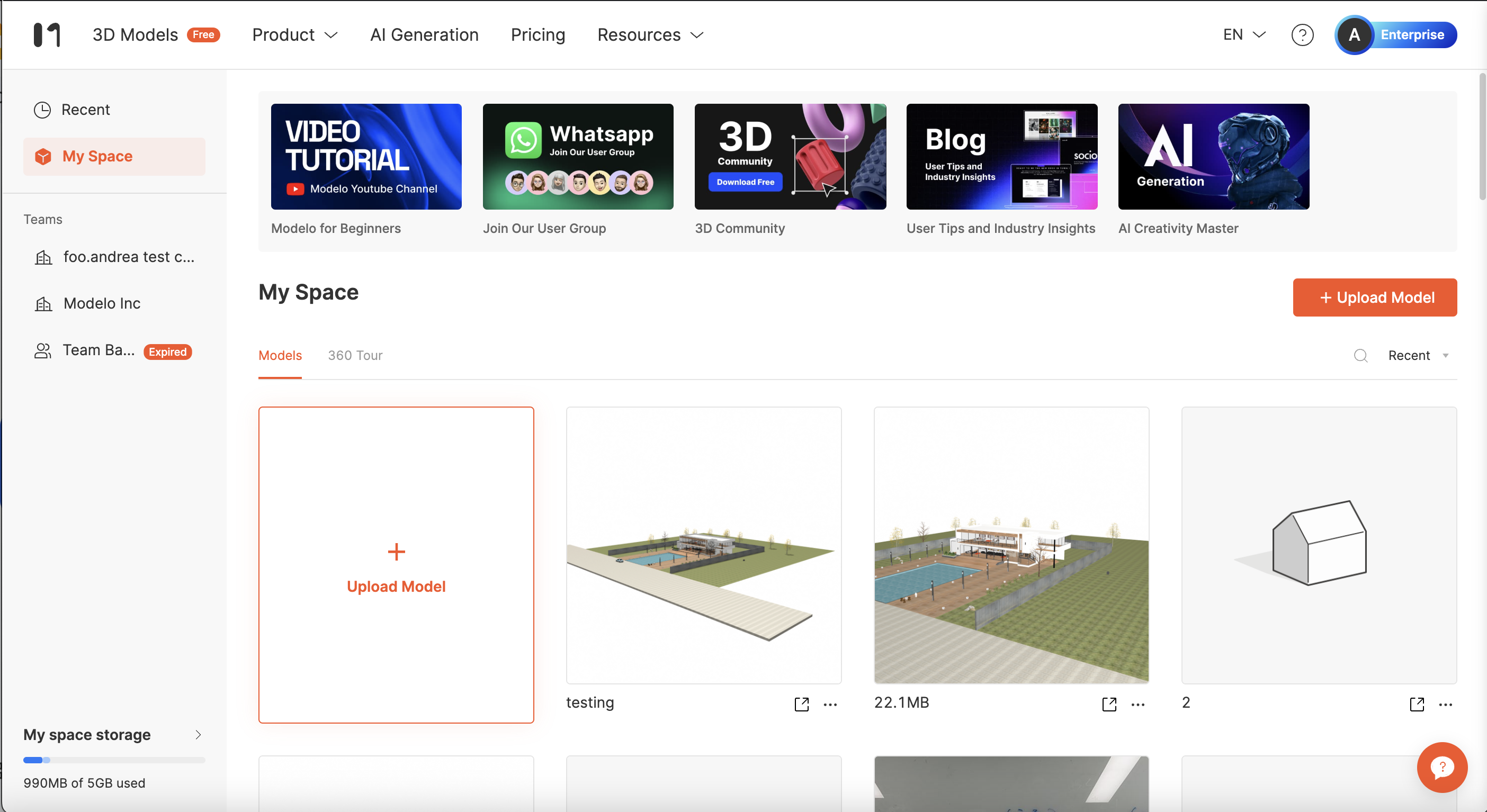
After
The workspace user interface underwent a significant redesign, with a strong focus on improving both navigability and ease of use. I collaborated closely with the UI Designer throughout the development process to ensure that the new interface was intuitive and efficient.
Results
Results of all the action items taken above was optimal. Metrics on usage of the product and conversion rates improved greatly:
17%
highest week on week user retention after revamping the entire workspace
25%→93%
conversion rate increase of workspace to model viewing
57.1%
new user onboarding completion rate
Enhanced New User Onboarding
Design Process
The revamped onboarding experience was meticulously crafted to expedite users' comprehension of the product's core value proposition: the ability to effortlessly upload and interact with their own 3D models.
This was achieved through the implementation of two key elements:
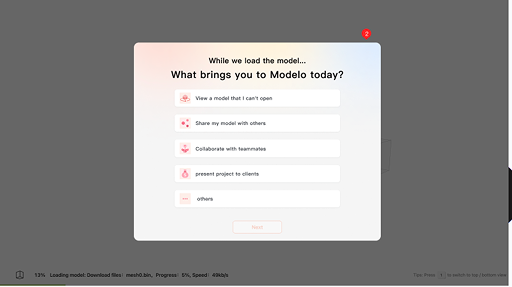
Onboarding Questionnaire
This interactive questionnaire was designed to glean valuable insights about new users, including their specific industry, professional role, and primary use cases for the product. This information allowed for a more personalized onboarding experience, guiding users towards features and functionalities that were most relevant to their needs.
Onboarding Guide
This step-by-step guide was designed to seamlessly lead users to the "Aha" moment—the point at which they successfully uploaded and viewed their own 3D model. By providing clear instructions and visual cues, the guide ensured that users could quickly experience the product's core value and understand its potential benefits.
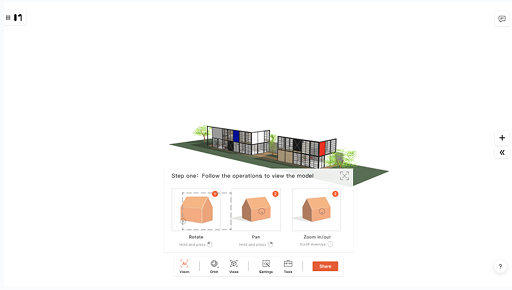
By incorporating these two elements, the onboarding experience effectively communicated the product's value proposition and empowered users to quickly and easily achieve their goals. This resulted in increased user engagement, satisfaction, and retention.
Results
57.1%
new user onboarding completion rate
As a result of the new user onboarding, we had better understanding of our users with the new user onboarding questionnaire
Pricing and Revenue Model Revisions
Design Process
The third aspect of this transformation was a two-part challenge related to changes to our Membership Model:
1. Creating a user experience aligned with our users and their user journey.
2. Implementing a system that empowers our team to conduct more effective Product-led growth.
The old workspace version and membership structure presented us with numerous issues. The entire upgrade process was very confusing for users, as personal workspace remained "free," and upgrading simply meant creating a new "paid workspace" (as shown in the image below). This unusual approach resulted in users having multiple expired accounts and one "working" account, as each workspace expiration and subsequent renewal attempt created a new workspace. This caused confusion for many users and resulted in a poor user experience, particularly for paid users.
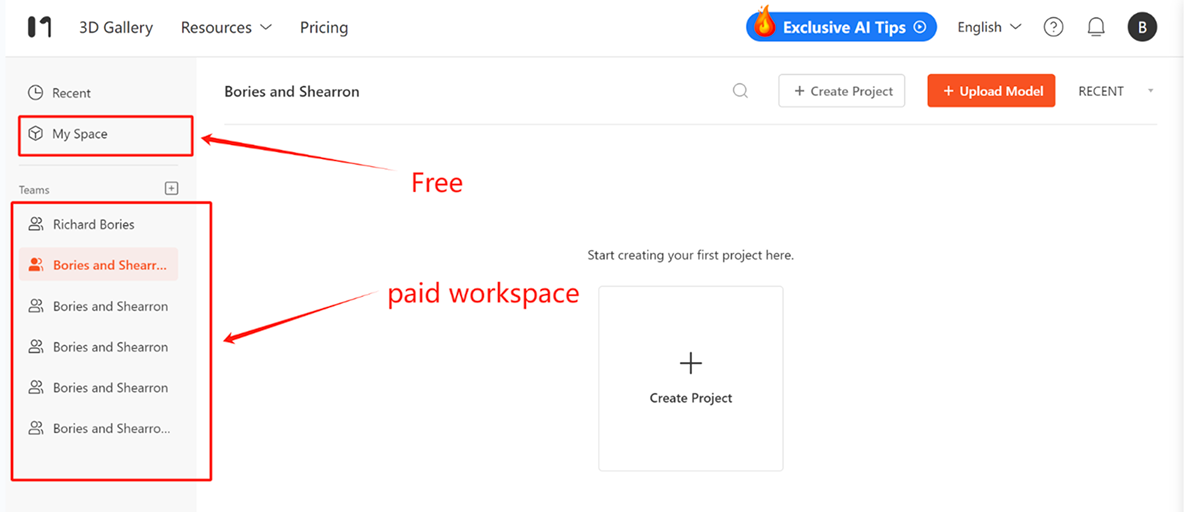
To address this, we aimed to create a more enhanced and intuitive user experience. We observed that individual users primarily used Modelo as a visualization tool, while larger teams and companies utilized it for both visualization and asset management (enterprise). To differentiate these use cases, we segmented users and introduced a new "professional" plan tier.
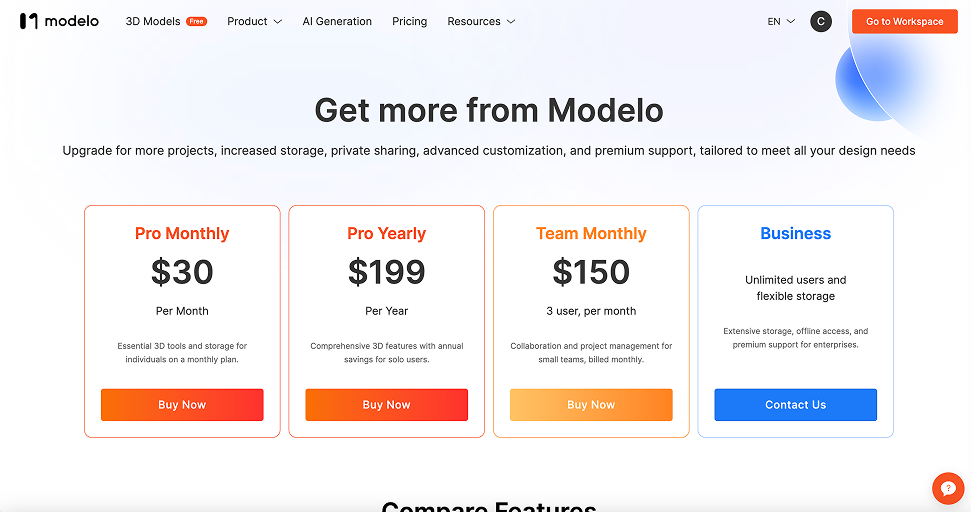
This segmentation not only provided clearer insights into user intentions based on their upgrade journey but also enabled the identification of potential leads for large enterprise users in the future (based on whether they upgraded to teams)
Results
The introduction of a new pricing tier, specifically a "Pro" tier, had a substantial impact on user behavior and revenue generation. This new tier, strategically positioned within the pricing model, offered enhanced features or benefits that appealed to a wide segment of the user base. As a result, a significant number of users opted to upgrade their accounts to the "Pro" tier, resulting in a 25% increase in total number in paid users and leading to a marked increase in overall monthly revenue.
Takeaways
How to Engage Users
Strategizing different ways of reaching users through analyzing their current behaviors using the product and providing incentives that would draw them in. This was applied when I was inviting users to be part of user interviews and to join or core slack group.
Use data to drive product feature proposals
Instead of simply absorbing what users tell me word-by-word, I started to think more about their underlying pain points behind what they were saying by looking at their key behaviors.
AI is a great hook but not a great way to retain users
It is really hard to produce actual use cases that users feel they would integrate into their workflow